Israel-Hamas war: What happened on day 189?
IDF jets strike terror targets across Gaza • World condemns Israel-Iran escalation, awaits Israeli decision on response
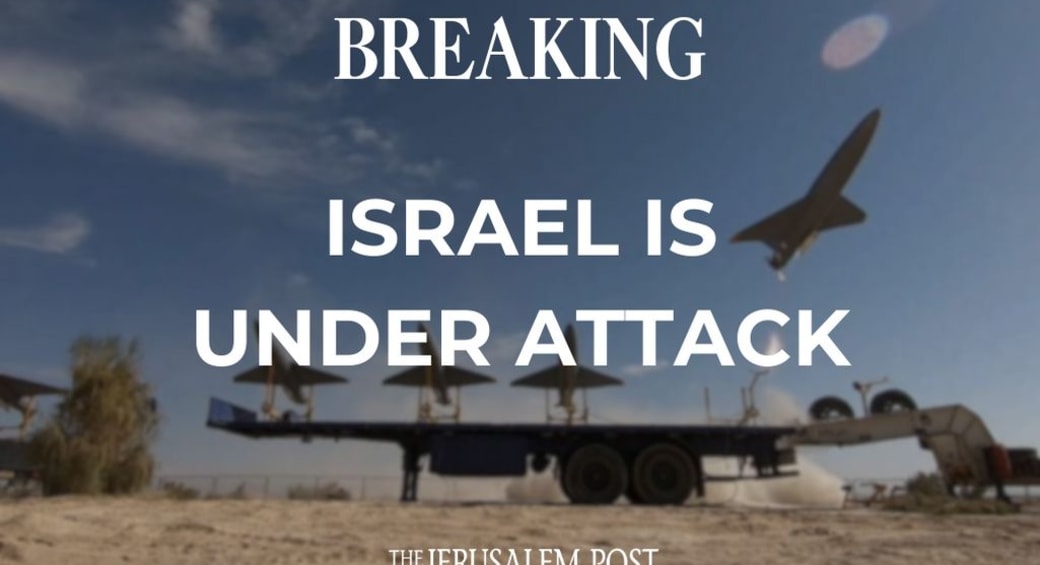

Iran launches hundreds of drones toward Israel
The drones are expected to take several hours to reach Israel.

Iran launched hundreds of drones directly from its territory against Israel on Saturday night, in a radical change from its usual use of proxies, the IDF has confirmed.
Iran has confirmed as well that its Islamic Revolutionary Guard Corps (IRGC) has begun its missile and drone attack against Israel.
The IDF said that it is ready to shoot them down, though air defense is not hermetic.
Iranian Shahed-136 kamikaze UAV over Iraq at very low altitude, heading to Israel. pic.twitter.com/HpWeqXMMep
— Clash Report (@clashreport) April 13, 2024
The IDF's shoot-down capabilities include aircraft, Iron Dome, David's Sling, and the Arrow missile system.
Go to the full article >>Sirens sound across Israel as Iranian attack arrives
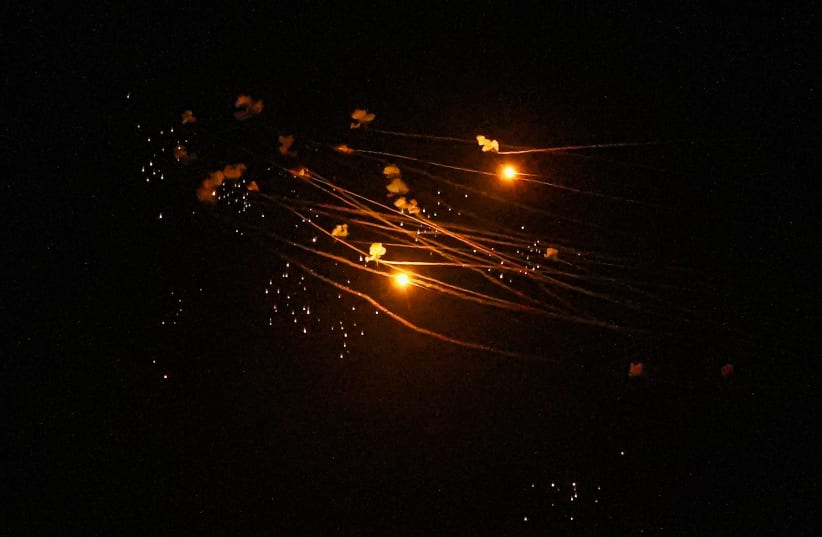
Sirens sounded across Israel as the Iranian drone and missile attack reached the Jewish State on Saturday night.
Iran's UN envoy says attack on Israel 'can be deemed concluded'

Iran's Mission to the UN stated at 1:06 a.m. that the attack on Israel "can be deemed concluded."
"However, should the Israeli regime make another mistake, Iran’s response will be considerably more severe. It is a conflict between Iran and the rogue Israeli regime, from which the U.S. MUST STAY AWAY!" added the Iranian mission.
Go to the full article >>Iran's drone strike on Israel influences cryptocurrency markets
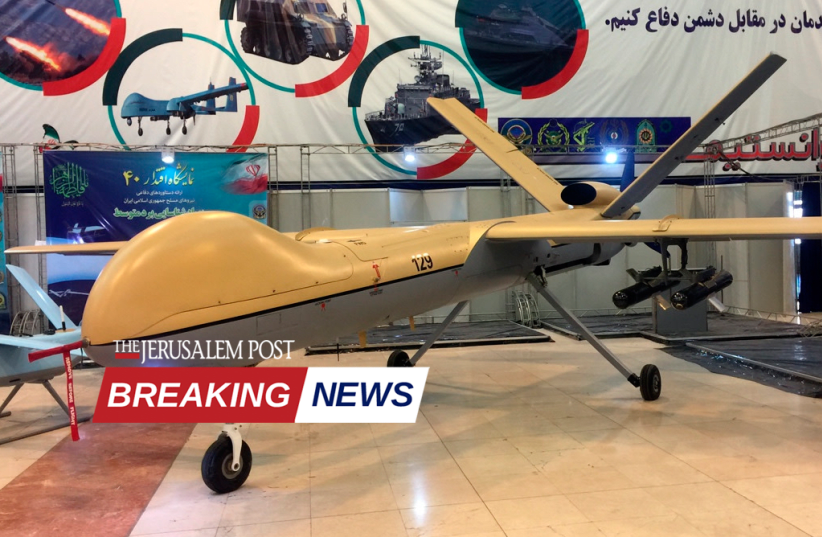
Iran's drone strike on Israel influences cryptocurrency markets. Bitcoin drops to $60,000, with alternative cryptocurrencies also declining. Increased market fluctuations worry investors.
Go to the full article >>Identifying anxiety attacks in anticipation of the Iranian missile and UAV threat
The looming Iranian threat of an imminent attack could elevate anxiety levels. How can you tell if your concerns are symptoms of an anxiety attack, and what steps should you take?

Amid the tense security climate and UAV attacks from Iran, the Israeli public may experience heightened anxiety. Even for those accustomed to dealing with security threats, these feelings can intensify, potentially disrupting daily life.
Distinguishing between natural fear and clinical anxiety can be challenging. This distinction can be gauged by evaluating the intensity of one's response: Am I avoiding activities far more than others? Is my routine significantly disrupted compared to others in my environment? Do thoughts of the situation cause distress even at home in a safe setting? It's crucial to understand that while anxiety is a natural reaction to stress, in extreme cases, it can degrade life quality.
Go to the full article >>The Iran drone war is now here - analysis
Why did Iran choose drones as method of attack? Iran has sought to turn drone threats into its version of the Soviet AK-47, a deadly weapon system used in copious amounts, exported to its proxies.
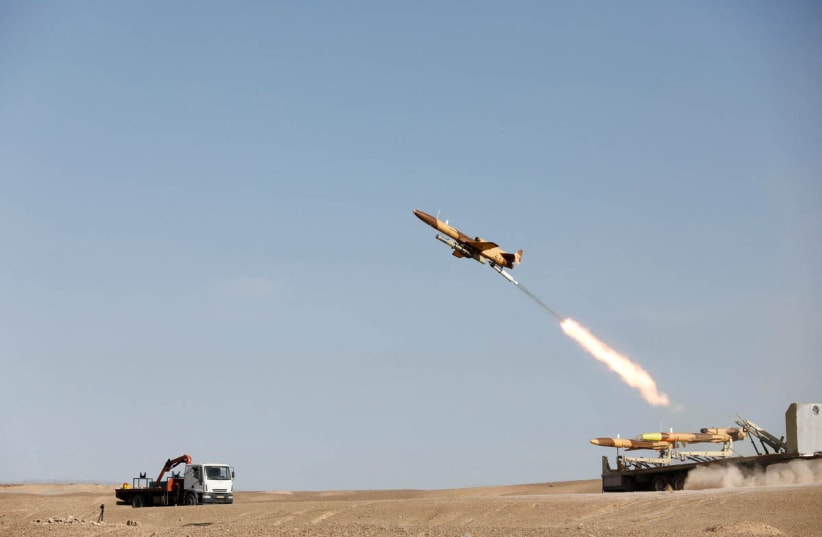
The decision by Iran to use drones to target Israel on April 13, lifts a curtain on a new era of drone warfare. Drones have been used for years by many countries. For instance, Israel was one of the first countries in the world to pioneer the use of drones in warfare back in the late 1970s and early 1980s.
The US used the Predator drone, first for surveillance in the 1990s and then for targeted strikes in the early 2000s. China became a drone superpower, primarily in the commercial field with sales of DJI drones. Now the Iranian drone era is here. It is an era of Iran’s drone wars and Israel is now an increasing target.
The Iranian drone war has come to Israel is a surreal war. Reports over the last week and a half suggested Iran would want to strike at Israel to “punish” Israel for an airstrike that Iran blamed on Israel. The airstrike in question took place in Damascus on April 1 and killed an IRGC commander.
Go to the full article >>Hezbollah fires dozens of rockets toward the Golan Heights

Hezbollah said that they had fired dozens of Katyusha rockets from Lebanon towards the Golan Heights on Saturday night, setting off sirens in Snir.
Go to the full article >>Iran says it has launched ballistic missiles towards Israel

Iran's state news agency reported that a "first wave" of ballistic missiles has been launched from Iran towards Israel on Saturday night.
Go to the full article >>How Iran’s drones became a threat to the MidEast and world - analysis
Iran’s drone threat is now one of its main military threats to the region, one that has surpassed its missile and other threats in many ways.

Iran’s drone threat has been increasing in recent years. Reports on the evening of April 13 that Iran had launched drones targeting Israel are the latest example of how the Iranian drone threat is expanding across the Middle East and also threatening the world. It is a threat to the world because Iran has exported Shahed 136 drones to Russia to be used against Ukraine and it has also exported drones to Venezuela and other countries.
Iran has been investing in drones since the 1980s. It invested in drones, or what are also known as unmanned aerial vehicles or remote-piloted aircraft, because Iran’s air force suffered losses due to the Iranian Islamic Revolution of 1979 and also due to the Iran-Iran war. Using cheap unmanned aircraft made sense for Iran during the war with Iraq because Iraq had better air defense systems and also had aircraft acquired from the Soviets.
By contrast the Iranians were flying aircraft the Shah’s regime had acquired from the United States, but these aircraft didn’t always have replacement parts of enough trained pilots. Cheap drones can be used for missions that are considered dull, dirty and dangerous.
Iran’s drone program consisted of simple drones in the beginning. These drones also came in several “families” built by various state-linked companies. They includes the Shahed family of drones and the Ababil. Iran modelled these drones on the types of drones it saw other countries using, such as the US Predator, or the Israeli Hermes and also other types of Israeli drones. Over time Iran realized that its drones, mostly used for surveillance, were not longer a weapon that allowed Iran to project the kind of power it wanted.
What Iran’s Islamic Revolutionary Guard Corps wanted was an instant air force. In the last decade Iran has increased its drone program exponentially. It began to invest in simple kamikaze drones, and this eventually led to the creation of the Shahed 136. The Shahed 136 is relatively simple in design, around 3.5 meters in length and 2.5 meters in width, with up to a 40kg warhead. It has a delta-wing design which may make it harder to detect from some radars. However in general what makes it successful is that it is easy to make and Iran has found success exporting them.
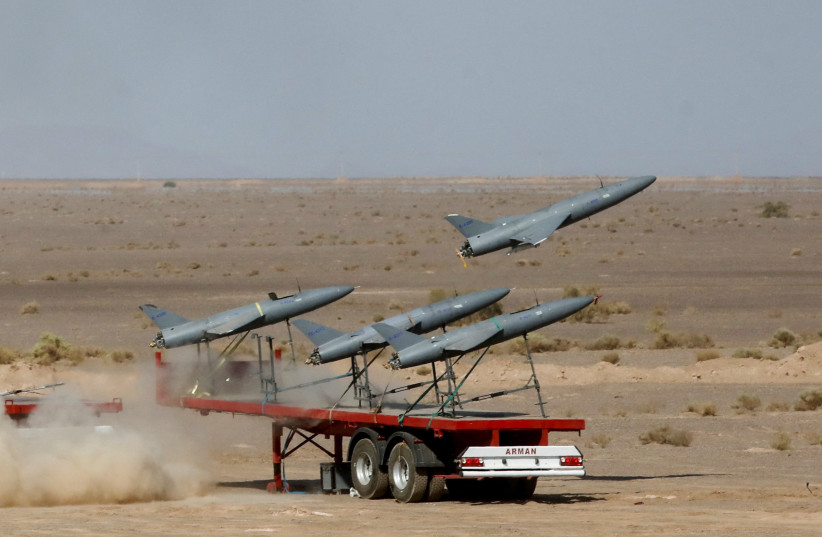
Iran moved Shahed 136 type drones to Yemen in late 2020 to be used by the Iran-backed Houthis.
Use of Iranian drones by Houthis
The Houthis had already been using numerous types of drones, often with Iranian designs and advise. In addition Iran had already found success in exporting its drones and blueprints for them to Hezbollah in Lebanon and also sending drones to Iraq and Syria. For instance, in February 2018 Iran launched a drone targeting Israel from Syria’s T-4 base near Palmyra. Iran also used drones to attack Saudi Arabia’s Abqaiq facility in 2019.
Iran’s drones are now a major threat, not only to the Middle East but also to Europe because Russia possesses Iranian drones. In addition Iran has used drones to attack the Kurdistan region of Iraq and to target US forces in Iraq and Syria.
According to the Washington Post an Iranian drone struck a “CIA hangar” at Erbil International Airport, part of a US facility at the airport in the Kurdistan region. As such, the Iranian drone program has become a growing threat and one that is rapidly increasing. The fact that Iran has decided to use drones to target Israel illustrates that Iran feels this is now the go-to tool of attack.
Iran has essentially put these drone programs on steroids in the last several years. It has used drones also to attack commercial ships and its proxies such as the Houthis in Yemen, have targeted Eilat using drones. Hezbollah in Lebanon is also believed to possess thousands of drones. Iranian-backed militias in Iraq and Syria have targeted Israel with drones over the last several months. Iran’s drone threat is now one of its main military threats to the region, one that has surpassed its missile and other threats in many ways.
Go to the full article >>Cruise missiles launched from Iraq towards Israel - report

Israeli sources told ABC News that cruise missiles had been launched from Iraq towards Israel.
Go to the full article >>Israel-Hamas war: What you need to know
Hamas launched a massive attack on October 7, with thousands of terrorists infiltrating from the Gaza border and taking some 240 hostages into Gaza
Over 1,200 Israelis and foreign nationals were murdered, including over 350 in the Re'im music festival and hundreds of Israeli civilians across Gaza border communities
133 hostages remain in Gaza
37 hostages in total have been killed in captivity, IDF says